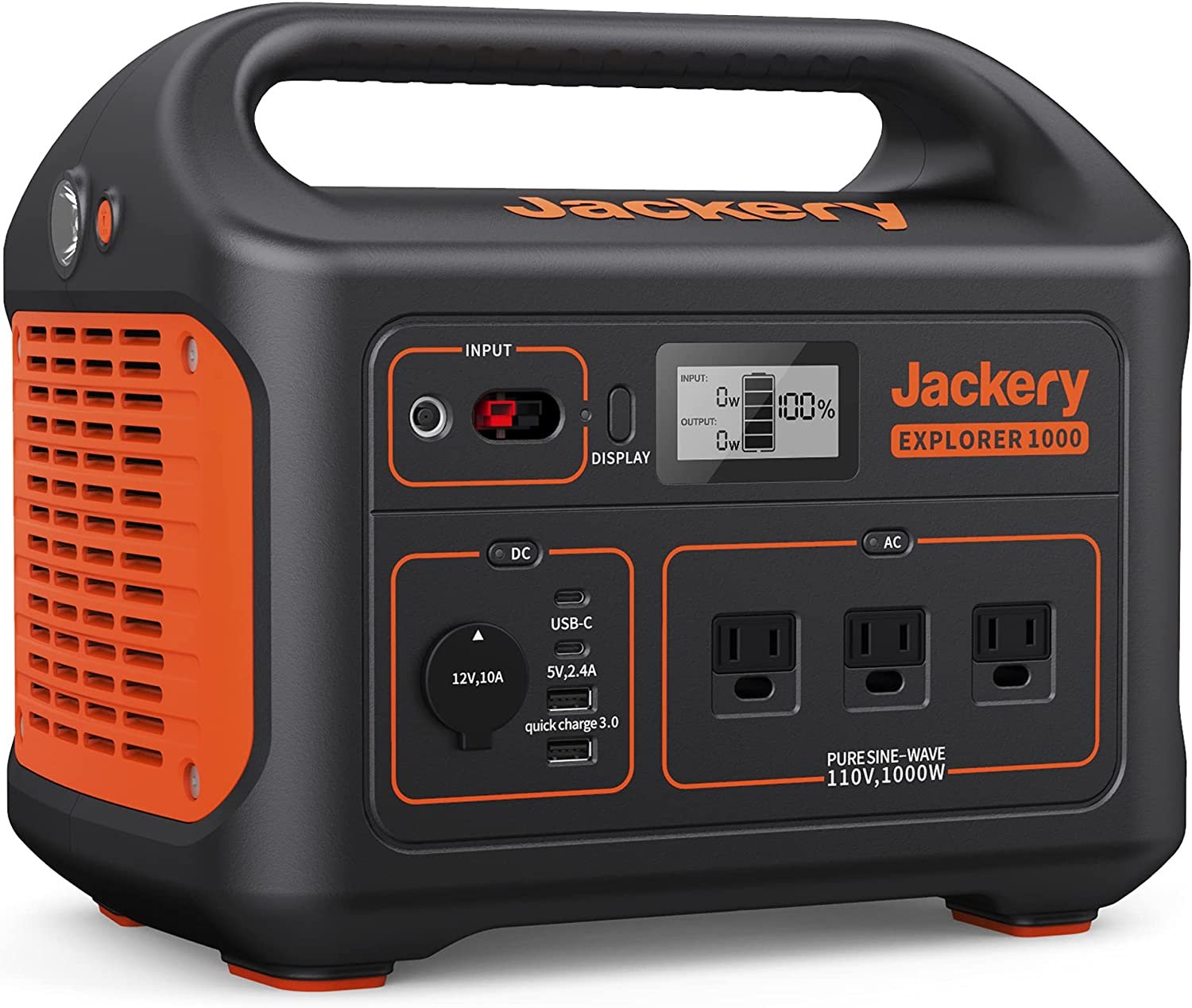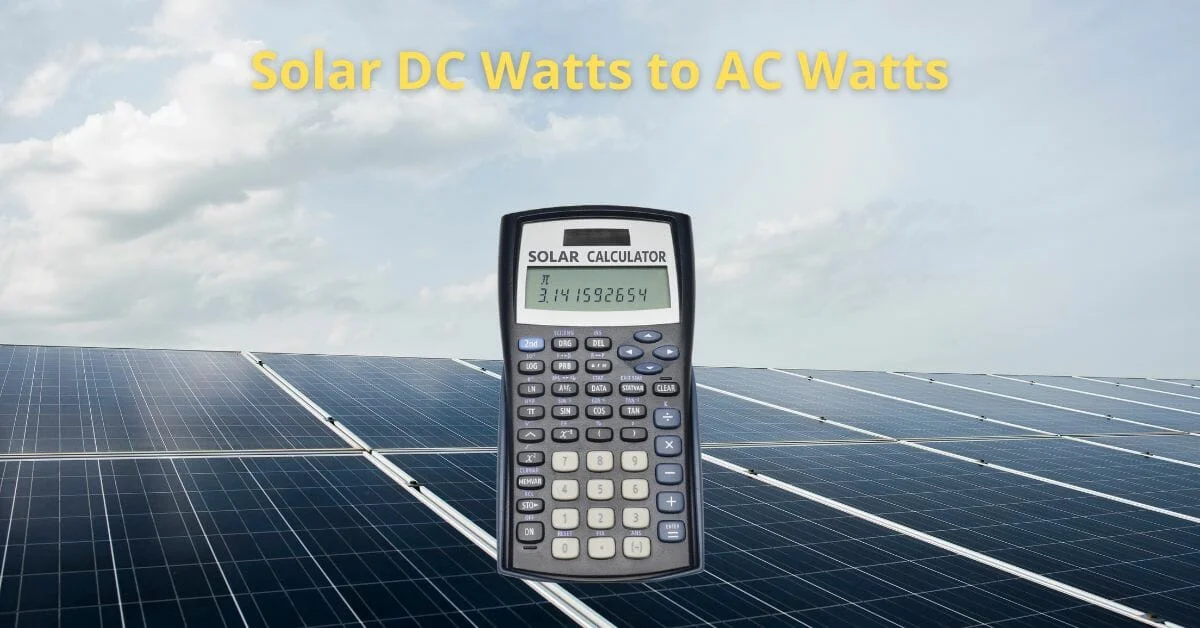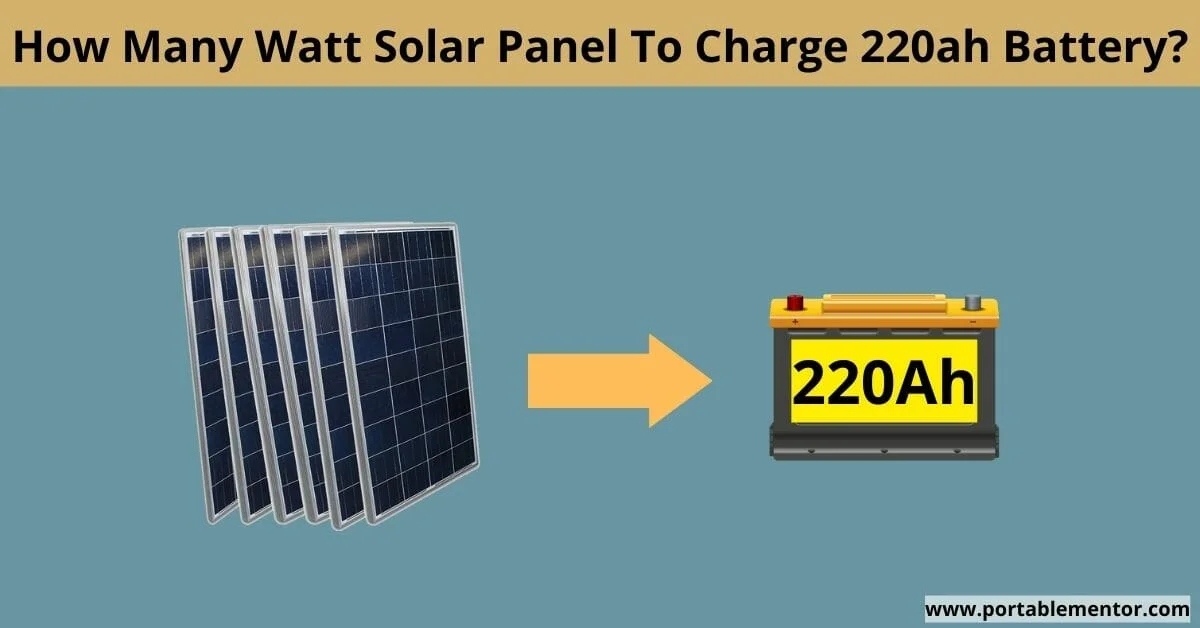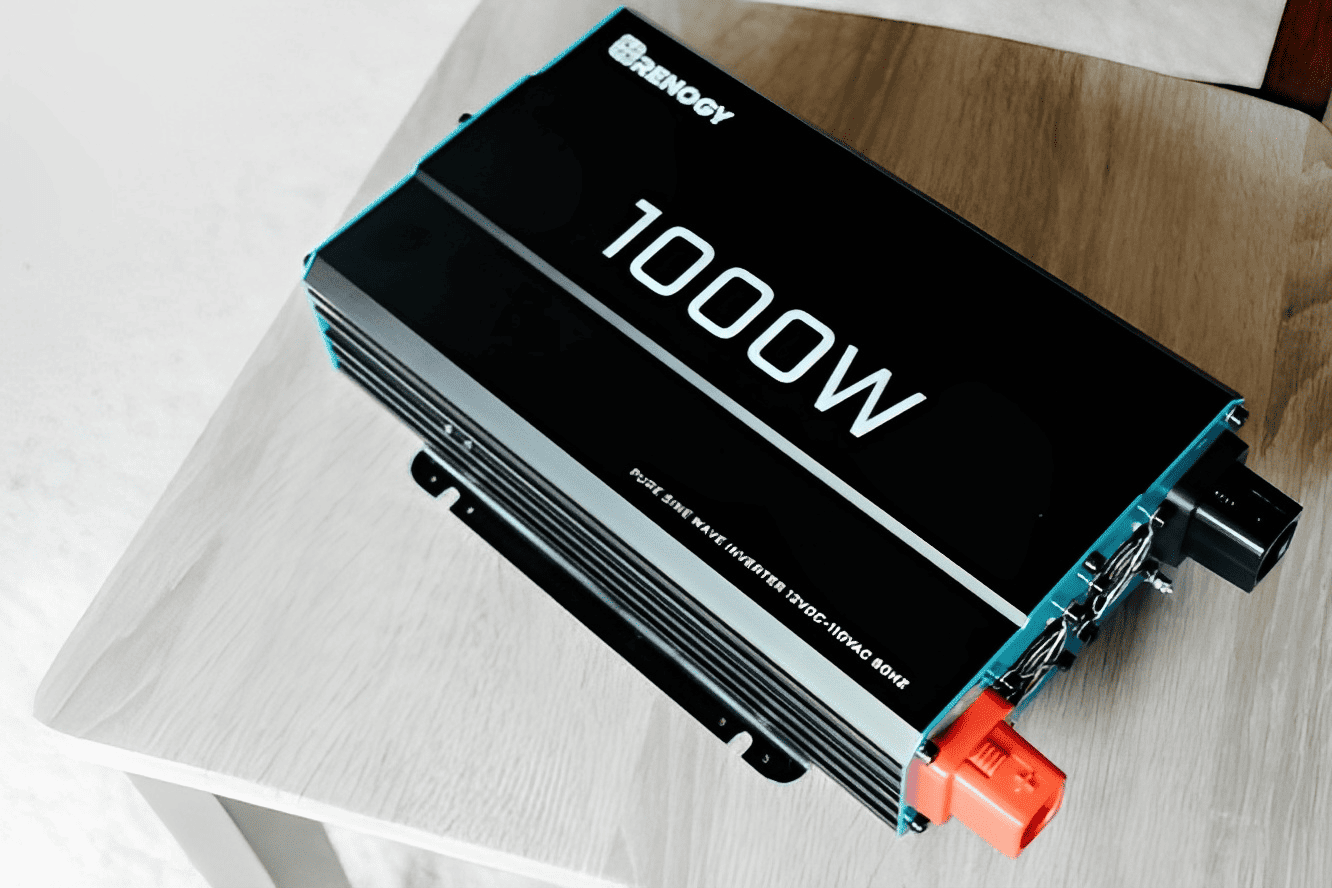
An inverter is responsible for converting the DC power generated by your solar panel into AC power that can be used by your appliances. Without a proper size inverter, you won't be able to run most of the appliances.
In this article, we will discuss how to choose the right inverter for a 300 watt solar panel system.
What size inverter for 300 watt solar panel system?
For a 300 watt solar panel, you need anywhere between 500-1500 watt capacity inverter. However, the exact size you need will depend on the size of appliances you plan to use.
Now let's discuss how you can calculate the right size inverter for your needs and some factors to consider when buying an inverter. Also, in the end, i will share some of the best options out there.
Best Inverter Options For A 300 Watt Solar Panel System
Here’s a list of different size inverters which will be suitable with 300 watt solar power system.

Renogy 700W Pure Sine Wave Inverter 12V DC
- Provides 700W continuous power
- 1400W peak surge during load start-up
- Conversion efficiency >90%

Renogy 1000W Pure Sine Wave Inverter 12V DC
- Provides 1000W continuous power
- 2000W peak surge during load start-up
- Conversion efficiency >90%

GoWISE Power 1500W Pure Sine Wave Power Inverter 12V DC to 120 V AC
- 1500W Continuous/3000W Surge, 12V DC to 120V AC w/ Black and Red Cables w/ Ring Terminals, Remote Switch, 5 kinds of Protection Systems, and 4 Output Sockets.
Sizing an Inverter for a 300 Watt Solar Panel System
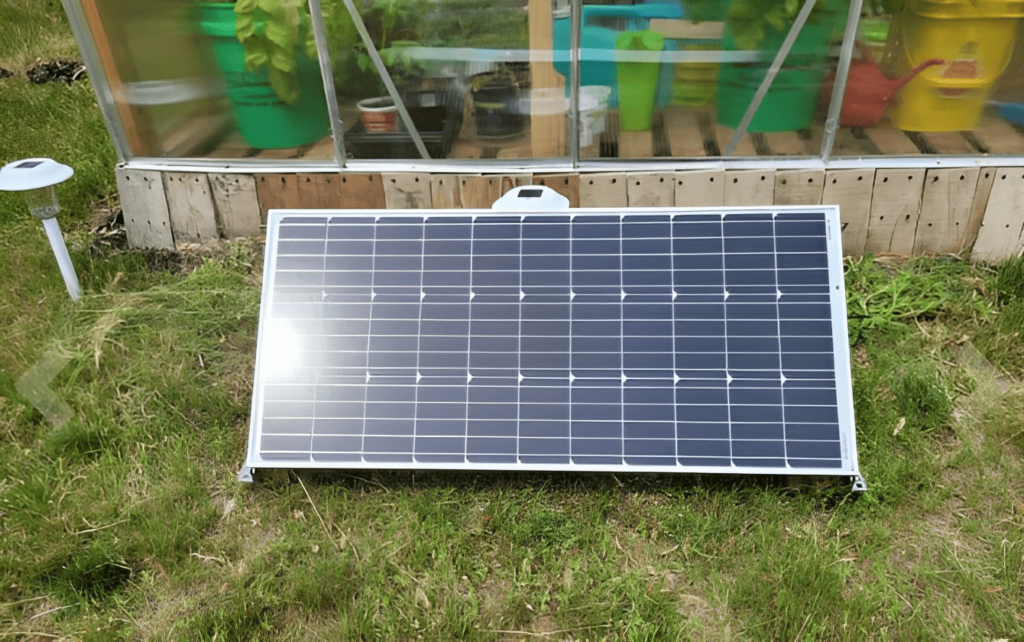
When selecting an inverter for your solar panel system, follow a simple rule: choose an inverter with a capacity that is at least 20% higher than the total wattage of your solar panels or the total output load you plan to use.
This ensures that the inverter can handle the peak power demands of your appliances and can prevent potential issues like overheating and system failure.
Scenario 1: Sizing inverter Without a battery
If you plan to power appliances directly from a solar panel without using a battery, a 400 watt inverter is sufficient for a single 300 watt solar panel.
Although, I don't recommend doing this. Let's suppose your 300 watt solar panel is outputting 300 watts, but if you're running an appliance that requires 150 watts, you'd be wasting the remaining 150 watts.
Scenario 2: Sizing inverter With a battery
If you plan to use a battery in conjunction with your solar panel system, it's important to ensure that the total output load does not exceed the battery's c-rating (charge and discharge rate). Use our free battery c-rating calculator to find out.
For example, if you have a 12v 100ah lithium battery with a discharge rate of 100ah, you can run up to 1200 watts (12v x 100ah = 1200 watts) of output load at a time. In this case, it would suggest using a 1500 watt inverter (maximum).
Or, if you need enough size inverter to run your required appliances, calculate the total wattage of the appliances you plan to run at a time, and multiply it by 1.2.
Inverter buying tips for 300 watt solar panel system
When picking an inverter for your 300 watt solar panel system, there are a few things to keep in mind.
1. Voltage compatibility: Ensure that the inverter is compatible with the voltage of your solar panel system. For instance, if you have a 12v 300 watt solar power system, the inverter should have an input DC voltage capacity of 12 volts.
2. Go for a Pure Sine Wave Inverter: Two types of inverters are available, pure sine wave and modified sine wave. A pure sine wave inverter produces a clean and stable waveform, making it ideal for sensitive electronics. A modified sine wave inverter, on the other hand, produces a distorted waveform that can harm certain appliances.
Examples of appliances that are not compatible with modified sine wave inverters:
- Audio equipment, such as amplifiers and some speakers
- Some types of lighting, such as fluorescent bulbs and dimmable LED lights
- Appliances with digital clocks or timers, such as microwaves and coffee makers
- Some types of motors, such as those in refrigerators and air conditioners
Choosing a pure sine wave inverter is a smart investment that can ensure your appliances' long-term safety and eliminate the risk of damage.
3. Choose a Reliable Brand: Choosing an inverter from a company with a good warranty and dependable support can provide peace of mind and help you resolve any issues that may arise in the future.
4. Invest in the large size inverter than you need right now: It's easy and satisfying to expand your solar power system over time. Even though a 300W solar system might be enough for you right now, you might want to add more solar panels in the future. To avoid the hassle of replacing your inverter later when you upgrade your system, it's best to invest in a larger capacity inverter from the start.
Alternate option
If you're planning to set up a small portable solar panel system for RVing/trips, consider investing in a portable solar power station.
- 1002Wh Capacity
- Power Pretty Much Anything: Power 90% of home appliances with 1002Wh (1000W AC output power) and 8 outlets (3*AC outlet, 1*USB-A, 1*USB-A quick charge 3.0, 2*USB-C PD, 1*Car outlet). Ideal for outdoor off-grid activities and home backup power to power refrigerator, TV, mini cooler, electric grill, fan, and more for your outdoor and home needs.
This is an all-in-one package that makes things simple. Just connect your solar panel to the power station, and it will store the power for you. You can then use the power to run any appliance of your choice. With a portable solar power station, you won't need to worry about purchasing a charge controller, wiring, or an inverter separately.
For a 300 watt solar panel, i would suggest a 1000 watt solar generator.
- 1002Wh Capacity
- Power Pretty Much Anything: Power 90% of home appliances with 1002Wh (1000W AC output power) and 8 outlets (3*AC outlet, 1*USB-A, 1*USB-A quick charge 3.0, 2*USB-C PD, 1*Car outlet). Ideal for outdoor off-grid activities and home backup power to power refrigerator, TV, mini cooler, electric grill, fan, and more for your outdoor and home needs.
